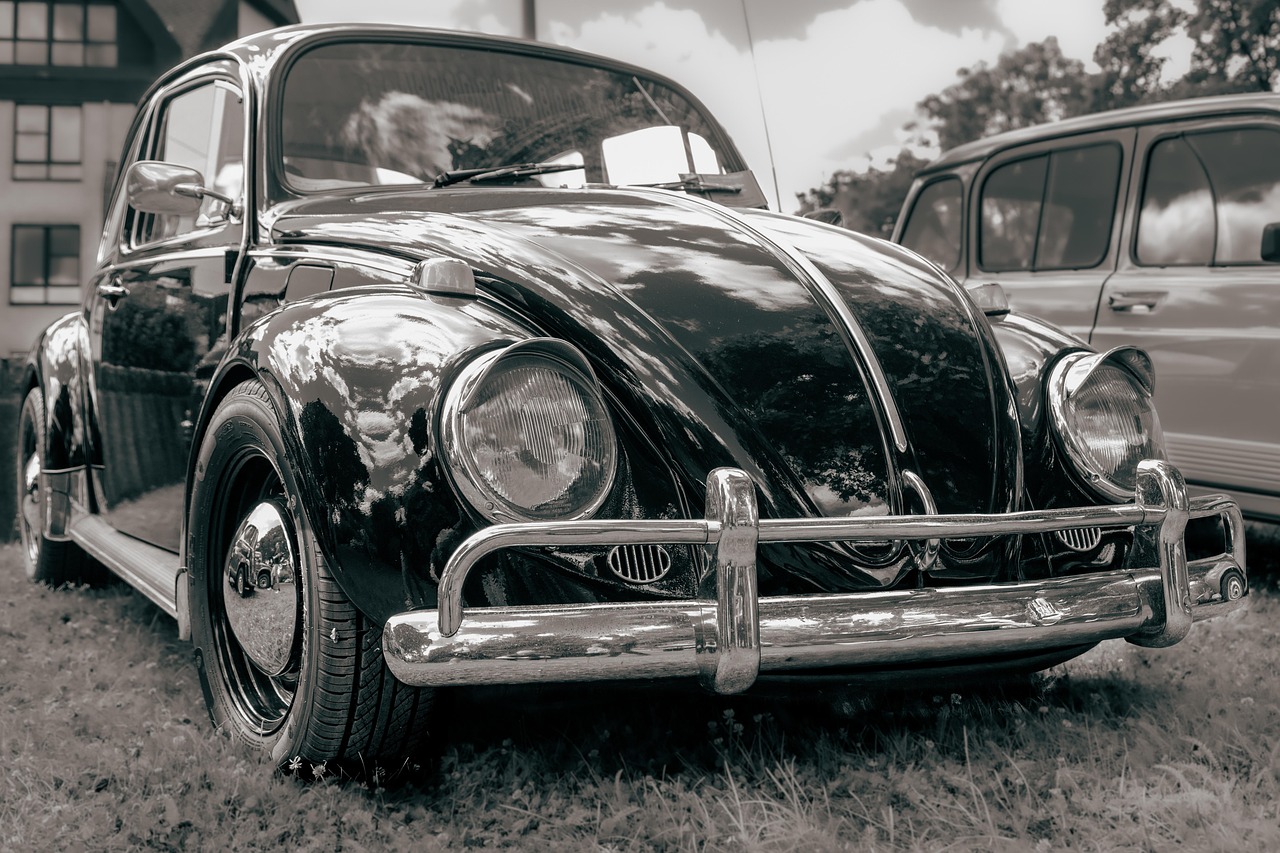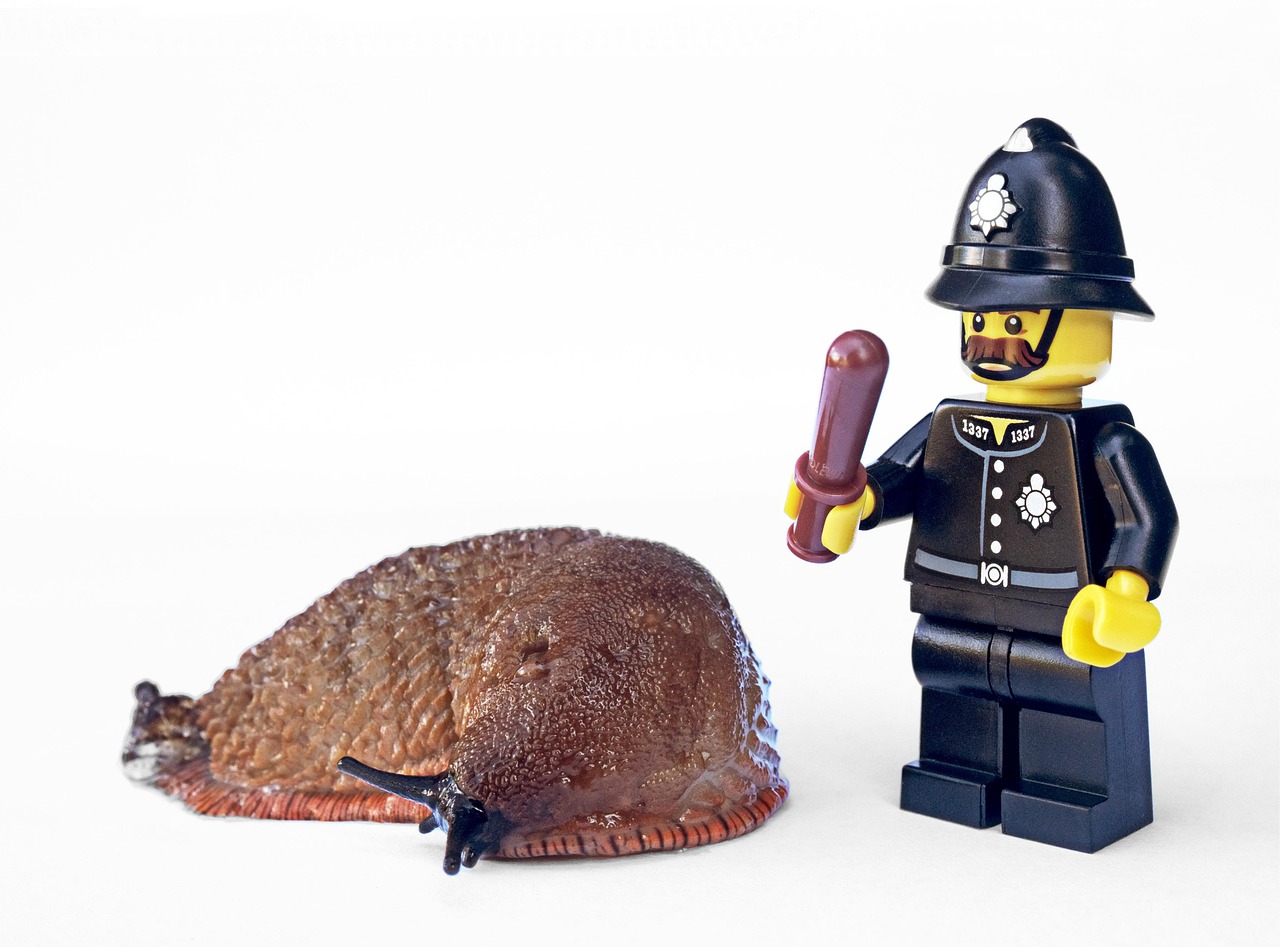Paint protection film (PPF) is a clear, durable material applied to a vehicle’s exterior to shield the paint from damage caused by stone chips, scratches, and environmental contaminants. It acts as a tough barrier that preserves the vehicle’s finish while maintaining its original appearance. This protective layer helps prevent minor abrasions and stains from road debris, insects, and harsh weather.
Many PPF products incorporate self-healing technology, which allows small scratches to disappear with heat exposure, keeping the surface smooth over time. Available in various grades and thicknesses, paint protection films cater to different needs and budgets, often backed by warranties from reputable manufacturers.
Choosing the right film involves comparing factors like durability, clarity, and ease of installation. Whether one opts for a professional installation or a DIY approach, understanding the different options enables better protection of a vehicle’s value and aesthetics.
What Is Paint Protection Film?
Paint protection film (PPF) is a transparent layer applied to a vehicle’s painted surfaces. It acts as a barrier that reduces damage from physical and environmental factors while maintaining the vehicle’s aesthetic.
The film’s composition, variations, and advantages define its role in automotive care.
How Paint Protection Film Works
Paint protection film is made from a thermoplastic urethane material. This flexible, durable polymer adheres to vehicle surfaces and absorbs impacts that would otherwise damage the paint.
PPF can self-heal minor scratches through heat activation, allowing small abrasions to disappear over time. It blocks physical damage such as stone chips, insect debris, and swirl marks.
Additionally, PPF offers resistance to ultraviolet rays and chemicals, reducing paint fading and stains caused by environmental exposure. The film functions as a sacrificial layer, preserving the vehicle’s finish underneath.
Types of Paint Protection Film
There are several types of paint protection film, mainly distinguished by thickness, finish, and technology:
- Standard PPF: Basic clear urethane offering solid protection from scratches and chips.
- Self-Healing PPF: Includes a topcoat that repairs light scratches with heat.
- Matte Finish PPF: Provides protection while maintaining a non-glossy, matte appearance.
- Colored or Tinted PPF: Adds subtle tinting for aesthetic customization along with protection.
The choice depends on the desired balance between protection, appearance, and cost. Thickness varies, generally ranging from 6 to 8 mils, with thicker films offering more durability but increased visibility.
Benefits of Paint Protection Film
PPF protects against physical damage from road debris like stones and gravel. It prevents chips and scratches that can lead to costly repairs or repainting.
It shields the vehicle paint from UV rays, helping maintain original color and preventing fading. The chemical resistance protects against contaminants like tar, bird droppings, and acid rain.
PPF also reduces the need for frequent waxing or repainting. It supports vehicle resale value by keeping the exterior in better condition over time.
In summary, it extends paint longevity while offering invisible protection without altering the car’s appearance.
Installation and Maintenance
Installing paint protection film requires attention to detail and the right environment. Maintaining the film after installation is essential to preserve its protective qualities and appearance. Longevity depends on the quality of the installation, materials used, and ongoing care.
Professional Versus DIY Installation
Professional installation offers precise application in controlled settings, minimizing bubbles, wrinkles, and dust under the film. Experts use specialized tools and solutions to ensure edges are sealed correctly, preventing edge lifting and premature peeling.
DIY installation is possible but challenging. It requires careful preparation, including thorough cleaning and use of proper slip solutions. Common issues like creases or trapped particles can reduce the film’s effectiveness and durability. Beginners should consider starting with smaller panels to gain experience.
Choosing between professional and DIY depends on budget, skill level, and desired results. Professionals generally provide better long-term protection and appearance.
Caring for Paint Protection Film
Proper care involves gentle cleaning using pH-neutral soaps and soft microfiber cloths to avoid scratching. Avoid automatic car washes with stiff brushes or abrasive brushes, which can damage the film surface.
Inspect the film regularly for edge lifting, scratches, or dirt buildup. Address any lifted edges promptly to prevent dirt or moisture from weakening the adhesive.
Washing frequency should balance between removing contaminants and not over-washing. Applying a quality film-safe sealant can enhance gloss and make cleaning easier.
Longevity and Durability
Paint protection film typically lasts between 5 to 10 years depending on quality and environmental exposure. UV resistance and flexibility are critical factors in its durability.
Consistent maintenance extends the film’s life by preventing surface degradation and adhesive failure. Areas prone to stone chips or abrasion may show wear sooner.
Replacing damaged sections timely maintains overall protection. High-quality films often come with warranties that specify expected lifespan and coverage conditions.


